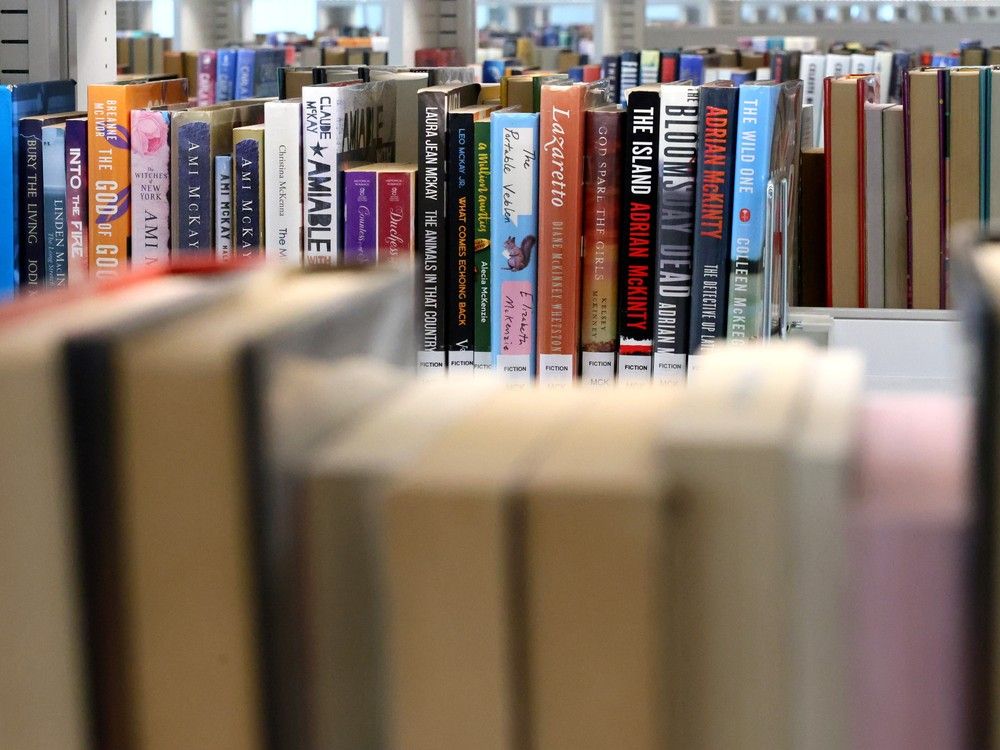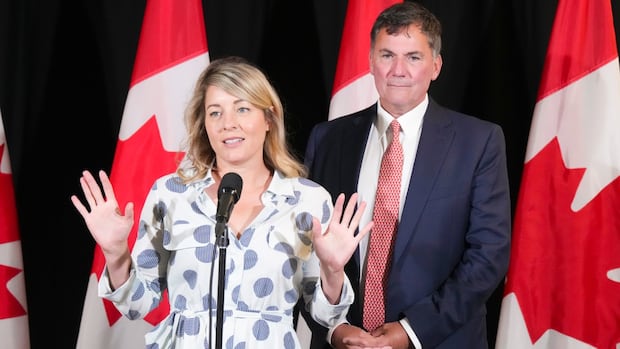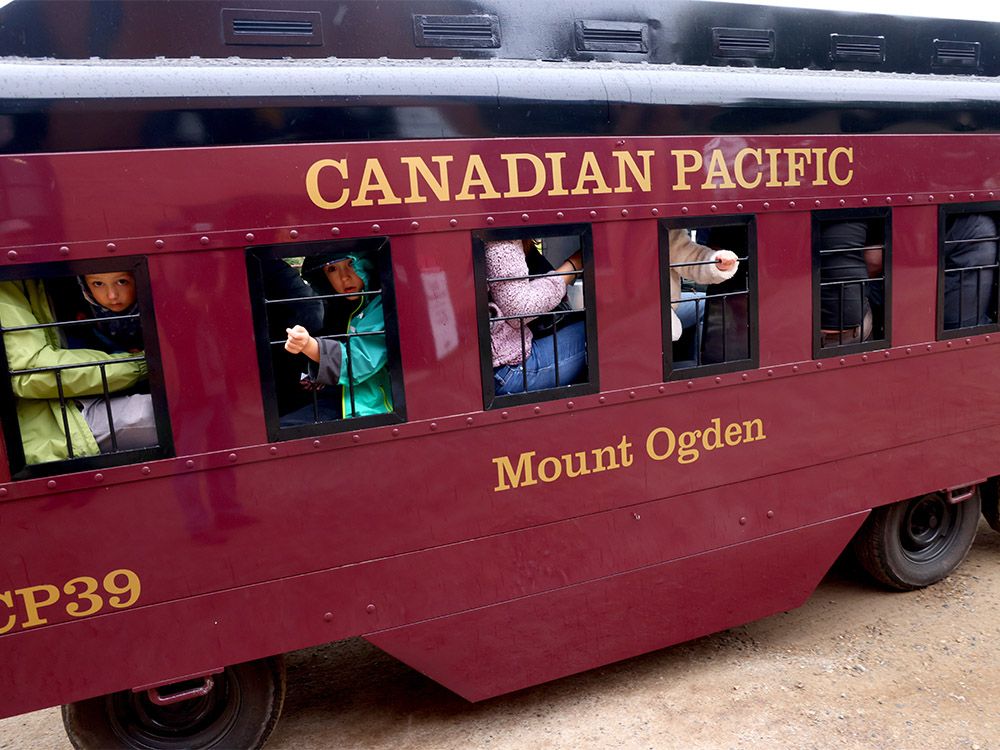Trump complains about Canada — but new data shows spike in U.S. drugs and guns coming north
President Donald Trump has recently claimed that he is targeting Canada with punishing tariffs on all goods due to concerns about the country’s supposed lax approach to fentanyl and migrants. However, new data from the Canada Border Services Agency (CBSA) reveals that Canada has valid reasons to be worried about what is pouring in from the U.S.
There has been a significant increase in the influx of illegal American drugs and guns into Canada, which experts and law enforcement officials say are fueling crime, death, and addiction on this side of the border as well. CBSA has been seizing a much larger quantity of drugs, prohibited weapons, and firearms than they were just two years ago, according to figures compiled by the border agency and shared with CBC News.
In fact, when comparing weights alone, Canadian officials seized more illegal drugs coming from the U.S. last year than what the Americans captured on their side of the 49th parallel. Aaron McCrorie, CBSA’s vice-president for enforcement and intelligence, stated in an interview that transnational criminal organizations are profiting from substances that are causing harm to communities in both countries.
Various categories measured by CBSA show an upward trend in the number of illegal goods captured entering Canada. Of particular concern is the eye-popping increase in Canada-bound drugs seized by border officials. There has been a staggering 118 percent increase in the quantity of drugs intercepted in just two years.
Recent drug busts in Toronto highlight the severity of the situation, with large quantities of drugs being seized by law enforcement. The spike in drug dosages captured by CBSA is also alarming, underscoring the magnitude of the drug trafficking issue at the border.
Experts attribute the rise in drug seizures in Canada to shifting production methods by transnational crime syndicates during the pandemic. The federal government’s $1.3-billion border security package aims to address these concerns and enhance public safety by interdicting illicit firearms and drugs entering the country.
While there has been a decrease in the amount of fentanyl intercepted from the U.S. into Canada, the drug remains a significant public safety threat. Canada’s newly appointed fentanyl czar, Kevin Brosseau, is tasked with addressing the production and distribution of fentanyl as part of efforts to combat the drug crisis.
In terms of firearms seizures, the U.S. remains the primary concern, with a notable increase in the number of illegal firearms seized at the border. Canadian police have underscored the role of illegal U.S. firearms in driving gun-related crime in the country.
Former Prime Minister Stephen Harper has pushed back on the portrayal of Canada as a major contributor to the U.S. drug crisis, emphasizing that the flow of drugs, guns, and crime predominantly moves northward. The data from CBSA and U.S. Customs and Protection (CBP) further supports this assertion, highlighting the significant quantities of illegal goods intercepted at the Canadian border.
Overall, the data paints a troubling picture of the challenges faced by Canada in addressing the influx of illegal drugs and firearms from the U.S. The need for enhanced border security measures and collaboration between law enforcement agencies on both sides of the border is crucial to combatting transnational crime and safeguarding public safety.




